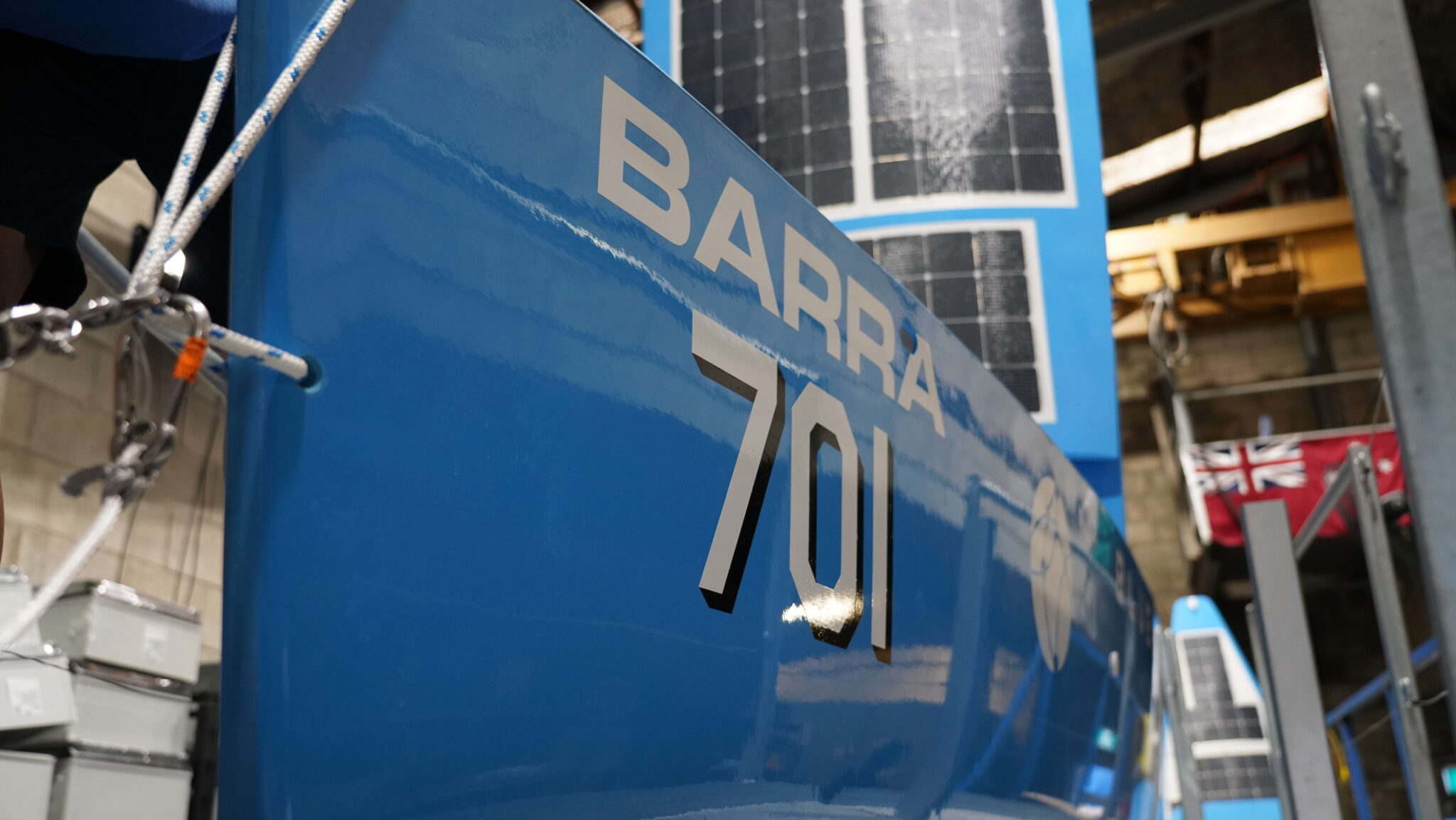Autonomous Warrior: US, UK, Australia Hold Robot Navy War Games

by Michael Novick, Anti-Racist Action-LA (ARA-LA/PART)
I have paid close attention to the TV series NCIS (Naval Criminal Investigative Service) ever since NCIS Los Angeles ran an episode fictionalizing Occupy LA’s Occupy the Ports action that I was involved in. The actual NCIS had been one of over a dozen law enforcement, military and intelligence organizations mobilized to deal with our action at a Goldman Sachs facility in the LA-Long Beach harbor area.
My previous research into the repressive role of the US Navy dates back to my engagement in solidarity efforts with the Puerto Rican independence struggle. The world’s largest US naval base was located in Puerto Rico, Roosevelt Roads. Long before the CIA and the National Security Council existed, US Naval Intelligence was the main international US covert operations and espionage agency, directly targeting not only the Puerto Rican independence movement, but other anti-colonial and anti-capitalist forces in the Philippines and elsewhere around the growing international and overseas US empire.
More recently, I have been covering the leading role of the US military, including the US Navy, in promoting artificial intelligence (AI) for war-making purposes, including various autonomous weapons and weapons delivery systems (see C-L, April 2024, “A-I Squared” https://change-links.org/a-i-squared/). The Navy has been battle-testing autonomous, crewless naval vessels up to the size of destroyers, with various allies, in “war games” exercises clearly directed at China.
So it came as no surprise when a new NCIS series made its debut last year during the WGA and SAG AFTRA strikes, and continuing this year: NCIS Sydney, set in Australia, and featuring joint operations between the US naval law enforcement and “counter-terrorism” agency and their Australian counterparts.

Life imitates arts, and the US and Australian navies just wrapped up the “signature” stage of a three-week naval drone exercise at Australia’s Jarvis Bay, part of an effort to show how AUKUS – a new military alliance of the US, UK and Australia, under which Australia is buying US-made nuclear subs – can operate unmanned military naval vessels jointly in the Pacific.
According to Breakingdefense.com, a trade publication of the military industrial complex in the US, the exercises were carried under Pillar II of the AUKUS agreement, which covers “the rapid development, testing and deployment of new technologies in the realms of autonomy, hypersonics, cyber, electronic warfare and underwater systems.”
Madeline Mortelmans, acting assistant Defense Secretary for strategy, plans and capabilities, said in a statement released by the US embassy in Sydney, Australia, after observing the exercises: The program “allows AUKUS partners to practice fielding and maintaining thousands of un-crewed systems, gaining valuable experience operating in coalitions to solve realistic operational problems such as improving undersea situational awareness.”
“This year,” Mortelmans continued, “we’re advancing our undersea warfare capabilities by expanding our ability to launch and recover un-crewed underwater systems from torpedo tubes on current classes of British and US submarines, that will increase the range and capability of our undersea forces.”
She termed Exercise Autonomous Warrior as “the signature Maritime Big Play event in 2024.” BreakingDefense.com reported that the technologies being tested included software-defined acoustic modems, autonomous underwater and surface vessels, and low-cost unmanned surface vehicles. The tests, according to a statement from the US Embassy, also featured a low-cost balloon with a gondola that “supports operations in the upper stratosphere with minimum manpower or logistics requirements,” and high-altitude T-200 balloons for communications when other sources are jammed. The allies also tested several “command-and-control” systems to eventually build what the statement called “an AUKUS-wide Common Control System, fusing best elements of the three countries’ existing systems.”
These included, as reported by BreakingDefense.com, a software-defined network architecture called Multi-Domain Uncrewed Secure Integrated Communications (MUSIC). It is designed “to enable seamless communication and coordination across diverse unmanned systems and operational environments,” according to the statement, presumably hardened against hacking or cyberwar efforts by adversaries.
The second system, the Common Control System (CCS), is meant to help pave the way to an AUKUS-wide system, to provide drones with hardware and software that works across different systems. “This collaborative approach enables us to reduce acquisition, maintenance, and training cost by creating economies of scale,” Heidi Shyu, undersecretary of Defense for research and engineering, said in the statement. It’s worthy of note that the two leading DOD officials heading this effort up are women; it’s no longer a case of “boys and their toys” in the military-industrial complex; the lead NCIS agents in charge in NCIS Sydney and NCIS Hawaii are not coincidentally, also female, as is the Secretary of the Navy.
Several Australian systems were also used in the exercises: a long-range loitering strike glider called OWL-B; an crewless surface vessel manufactured by Ocius Technology known as the Bluebottle; an extra-large autonomous underwater vehicle called the Ghost Shark; and a large underwater drone made by C2 Robotics known as Speartooth. Most people think of drones in their aerial form, but these are submarine drones. Increasingly, these are fully autonomous, controlled by preprogrammed instruction and motion-detection data feeds, rather than by a remote human operator handling a joy stick at a console.
Japanese observers were also on hand to look into “improving interoperability with Japan’s maritime autonomous systems as an initial area of cooperation under AUKUS Pillar Two,” according to a British Navy statement from Oct. 4. These maneuvers, and the robotic technology and artificial intelligence tools and weapons they are testing, are clearly aimed at the encirclement of China, and potentially at a “hot-war” with what the US sees as its main strategic adversary and competitor, as the US seeks to maintain and extend the maritime dominance it inherited from the British Empire, in the face of economic and political challenges from BRICS (see article elsewhere in this issue). Beyond AUKUS, the US has also initiated the Quad, a four-nation alliance targeting China that in addition to the US, Australia and Japan also includes India (even though India is one of the core BRICS countries).
